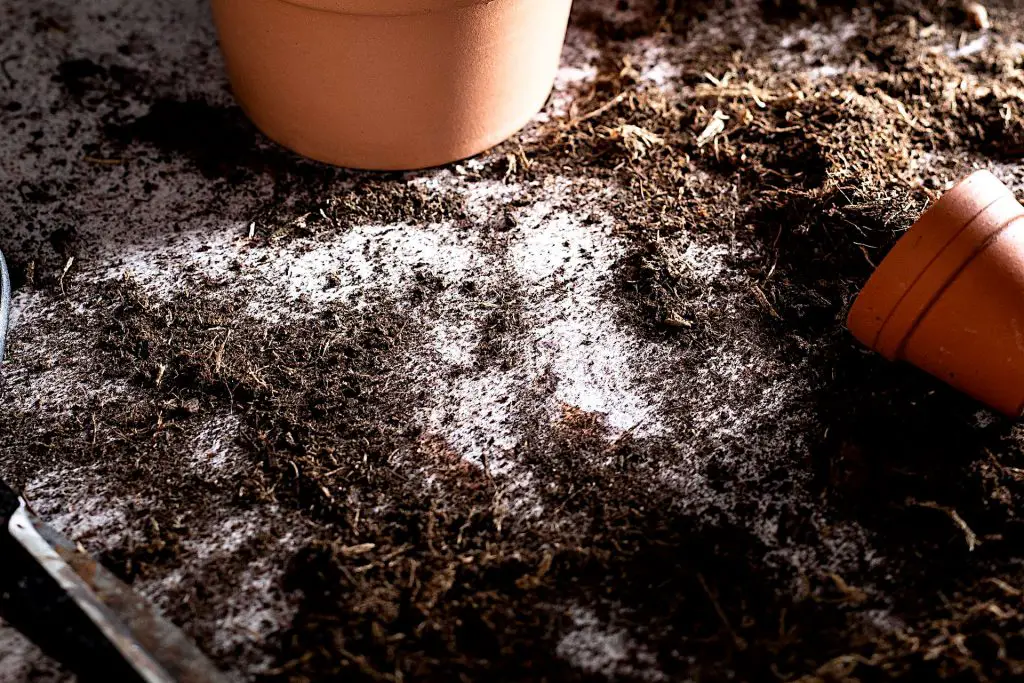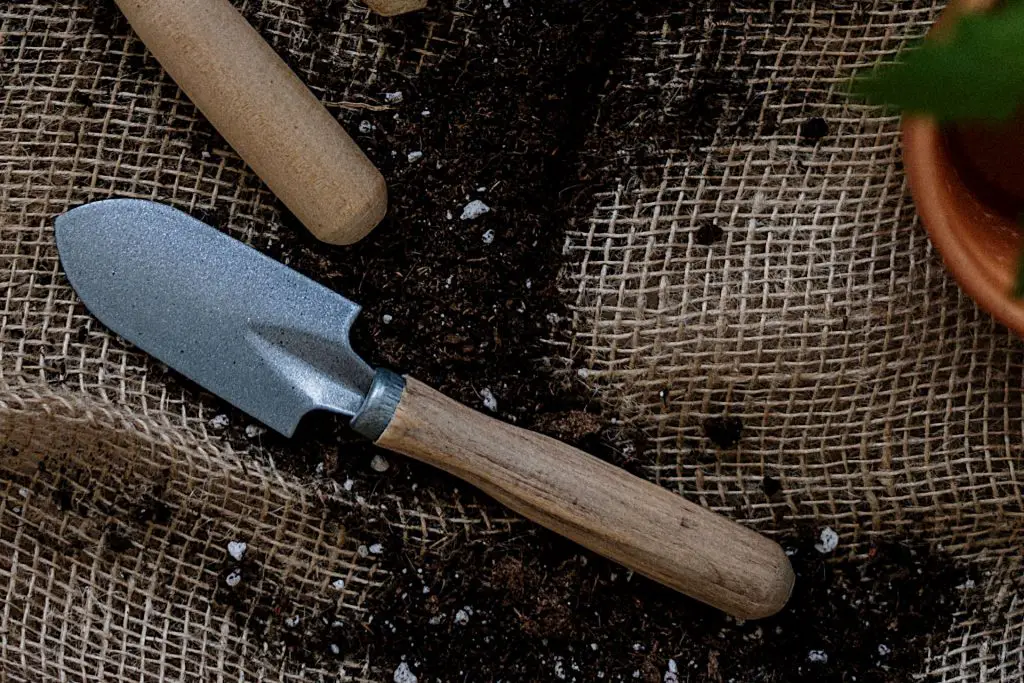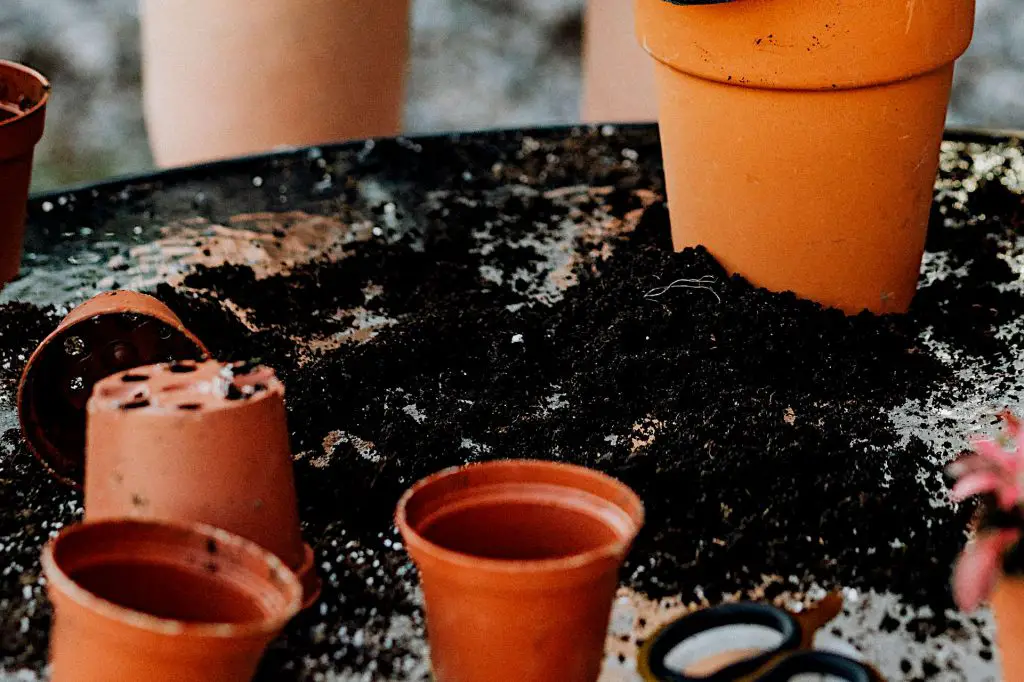What to Do with Old Potting Soil – How To Repurpose Old Potting Soil for Your Garden
Before you chuck your old potting soil in the trash, stop and think! There are many ways that you can reuse it in your garden. Whether you’re looking to create a new garden bed or add some extra nutrients to your compost pile,used potting soil can be a great asset. Read on for our top tips on how to reuse potting soil in the garden.
There are a few things you can do to make sure it is still healthy for your plants making sure that the potting mix that it is planted in is still fresh and providing nutrients is one of them. But on changing out the soil in the pot, does the old soil have any use?
If the potting soil in your plant pots has become too compacted or lost nutrients over time, you can look to repurpose it. This can be done by composting it, adding it back into your garden beds, or even revitalizing it. All these methods are simple to carry out and boost the health of your garden soil.
What is Potting Soil and Why Reuse it?

If you’re planning on repotting any plants, there’s no need to discard your old potting soil. You can actually use it to your benefit by adding it to your compost pile or using it to improve the quality of your flower beds or garden soil.
Potting soil is generally made up of organic matter, such as peat moss, perlite, vermiculite, and sometimes worm castings. It’s used to grow plants in containers because it provides necessary drainage and aeration while still holding onto moisture and nutrients. When potting soil becomes too old and depleted, it can no longer support healthy plant growth. However, that doesn’t mean it’s completely useless.
The Basics of Reuse
When it comes to keeping and recycling the old soil, there are a number of important general considerations to bear in mind, irrespective of how you are looking to repurpose it:
It is important to clear the soil of any dead plant material, dirt, and unwanted pests. Once done the dirt should be kept in a dry and cold environment. To lessen the soil density of previously stored potting soil, adding biochar to the soil will help. Lastly, compost, worm castings, and other types of organic fertilizer or slow-release fertilizer may be used to increase the fertility of the soil.
Adding Old Potting Soil to Your Compost Pile

Probably the most effective way of repurposing your old potting mix is to add it to your compost pile. Adding it to your compost will help break down the organic matter in the soil and make it more nutrient-rich. Another option is to mix it with fresh soil, worm castings, or a slow-release fertilizer.
All of these methods are effective because you are reintroducing nutrients back into the spent soil, making it possible to use the reconstituted material in flower beds or in potted plants especially if revitalized with fertilizer.
It is, though, important to conduct a soil test to check on the levels of salt content in the spent soil. This is because the way in which the nutrients have previously been consumed can leave the mix with elevated salt levels, which are not suitable for germinating seeds or young plants. You can get soil test kits and digital soil test meters online or in most garden centers.
Creating New Planting Areas and Garden Beds
If you’re looking to create a new garden bed, you can use spent soil as part of the soil base. This can be done as an extension of composting and is similar in nature to trench composting. The technique involves either digging a trench or building a structure for a raised bed. You can add your various organic materials into the trench or raised bed in layers.
First, add a layer of shredded cardboard, then your used potting soil, and beyond that further layers of green and brown organic materials. If the trench or raised bed is provided with aeration and kept moist you should see decomposition in around three or four months. If you don’t have an aeration system then if you prepare the beds in early fall, if you have your carbon to nitrogen ratios right, then you should be able to use it the following year.
When using old soil, it’s important to make sure that it is both clean and free of any chemicals, pesticides or harmful elements. If the soil is not clean, it could potentially harm the plants that you’re trying to grow.
Adding To Established Beds and Boarders
It doesn’t have to be new trenches or beds, you can also add your used potting soil into existing beds and borders. If you are looking to rejuvenate your existing beds or borders, you can simply add your old potting mix into the top couple of inches of soil.
You can do this by mixing the soil with some water and spreading it out evenly over the area. Then cover it with mulch or straw to keep weeds at bay. Because of its nature, even though it is denuded of nutrients spent potting mix can help with improving soil structure which in turn can help with water drainage oxygen to the roots of your plants.
Taking It to A Yard Waste Drop-Off Program
If you don’t have a compost pile or have nowhere to store your spent soil then you can look to take it to a yard waste drop-off program. Most areas have these programs where residents can bring their yard waste to a collection site. The best thing about this is that they usually offer discounts for bulk amounts and sometimes even free. For example, some programs will clarge less than $10 for every ton of yard waste that you bring to the site.
Using as a Way to Transfer Plants that Will Be Repotted

One way to use spent potting soil is to use it to transfer plants that you know will be either repotted or transferred to the ground fairly soon. In these instances, the lack of nutrients in the spent soil won’t affect the health of the plants. For example, if you are giving away plants to friends or family who will be replanting their own gardens, you can give them pots filled with spent potting soil.
How to Store Old Potting Soil
If you are not yet ready to repurpose your spent potting soil you can instead store it for the time when you will have a use for it. Storing it is quite straightforward. It is best to keep old potting soil dry and out of direct sunlight. It is also recommended to store it in an airtight container. Make sure that the container does not have any holes in it, otherwise, moisture could get inside. If you live in a humid area, you may need to place a piece of paper towel between the potting soil and thecontainers lid. This will prevent water from getting inside.
Another option is to store the spent soil in black plastic bags . These bags will help to retain moisture and protect the compost from insects. It will be available then for repurposing when you are ready.
Disposal Is the Best Option in Instances of Disease
If your flowers and plant roots had disease issues, then it is likely that there will be pathogens present in the soil that it was planted in. In this instance, the best option is to dispose of the whole pot rather than trying to clean up the soil. If you do decide to clean the soil, make sure to wash it thoroughly and disinfect it with bleach. After cleaning the soil, you can reuse it as potting soil. However, you should always test the soil first.
Potting Soil Containing Pathogens May Cause Illness
It is important to note that potting soil containing pathogens can cause illness. If you suspect that your potting soil contains pathogens, you should dispose of it. Diseased plant roots can affect soil for years and spread the disease to other plants and be transferred to other container plants if the soil is reused.
In truth, fresh soil is best for healthy plants it is probably best to just discard the soil and the dead plants by placing them in a black bag to prevent the spread of the disease and put it in the trash or garden waste bin, if you have one.
Summary: How To Repurpose Old Potting Soil for Your Garden
As we have seen there are numerous ways that you can reuse spent potting soil, depending on the condition of the soil and what you plan to use it for. From use in transferring plants to using it in new or established beds or borders to fill in gaps in garden soil, spent potting soil can be made good use of, often helping to improve both soil health and structure.
If you have a potting mix that is still in good condition, you can reuse it by mixing it with fresh potting soil whilst if your potting soil is in poor condition, you may be able to add it to your compost pile and take it to a yard waste drop-off program. If on the other hand, your flowers had disease issues, you should safely dispose of the remaining potting soil.
